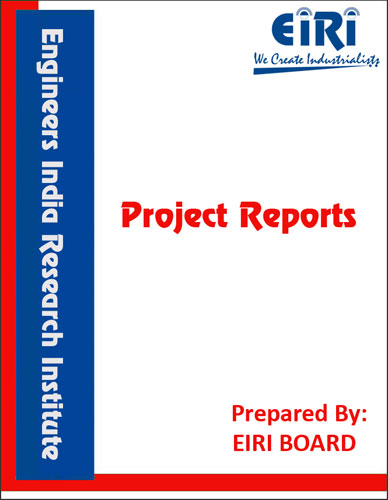Lead acid battery
The project report includes Present Market Position and Expected Future Demand, Market Size, Statistics, Trends, SWOT Analysis and Forecasts. Report provides a comprehensive analysis from industry covering detailed reporting and evaluates the position of the industry by providing insights to the SWOT analysis of the industry.
We can prepare PROJECT REPORT as per your INVESTMENT PLAN for BANK LOAN REQUIREMENT and INDUSTRY ANALYSIS. All reports are prepared by highly qualified consultants and verified by a panel of experts.
Have Query? Click Here to Chat
Industry Expert is Online, Chat with him for more detail.

Lead-acid battery comprises number of cells in a container. These Cells contain positive (pbo2) and negative (pb) electrodes or Plates separators to keep the plate apart, and sulphuric acid Electrolyte. The electrochemical system is highly reversible and Sulphuric acid electrolyte. The electrochhemical system is highly Reversible and can be discharged and charge repeatedly before Failure of some sort causes the chargocyde to be impractical. There are numerous battery designs. The most widely used Secondary battery is the lead acid type. This battery is Available in many sizes and capacities, and the weight can vary From 100 g to several tons, there on three principal categories. The material used for containers used depends on the application E.g. Polypropylene and vulcanized rubber for automotive Batteries, polystyrene for stationery batteries, Polycarbonate for a large single cell, and abs plastic and drawn Steel cans for sealed lead cells. All plastic and rubber Containers are molded. The container serves to hold the battery Contents without determination, to allow the cell plates to Rest on the bottom ridges, and to separate the cells, in some Cases by compartment positions. Physical qualities are required Of the container are; to resist attack by sulphuric acid Solution and the battery components, to be nonporous, be Nonreactive, and to withstand extremes of heat and as well as Shock and vibration.
Each EIRI DETAILED FEASIBILITY REPORT ON covers:
- Introduction
- Uses and Applications
- Properties
- Market Survey with future aspects
- Present Manufacturers
- B.I.S. Specifications
- Manufacturing Process with Formulae
- Plant Layout
- Cost Economics with Profitability Analysis
- Capacity
- Land & Building Requirements with Rates
- List & Details of Plant and Machinery with their Costs
- Raw Materials
- Details/List and Costs
- Power & Water Requirements
- Labour/Staff Requirements
- Utilities and Overheads
- Total Capital Investment
- Turnover
- Cost of Production
- Break Even Point
- Profitability
- Land Man Ratio
- Suppliers of Plant & Machineries and Raw Materials.



